#female history
Text
IOANA RUDĂREASA // ABOLITIONIST
“She was a Wallachian Romani woman who fought for the abolition of Slavery in Romania from 1843 to 1856. Born into slavery, Rudareasa spent over a decade fighting for liberation from slavery through the Wallachian court. Her case illustrates the resistance of the Romanian boyars in prevent abolition and how Roma in the Romanian territories used all legal means available to obtain their freedom.”
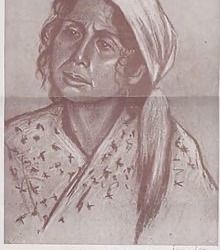
119 notes
·
View notes
Text


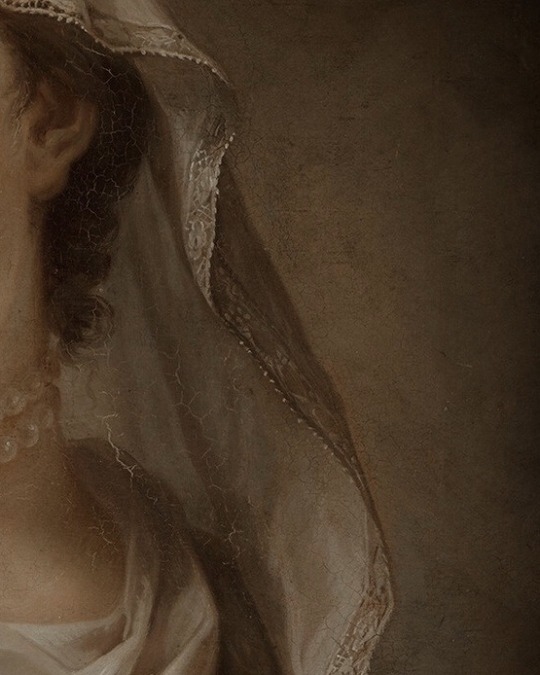
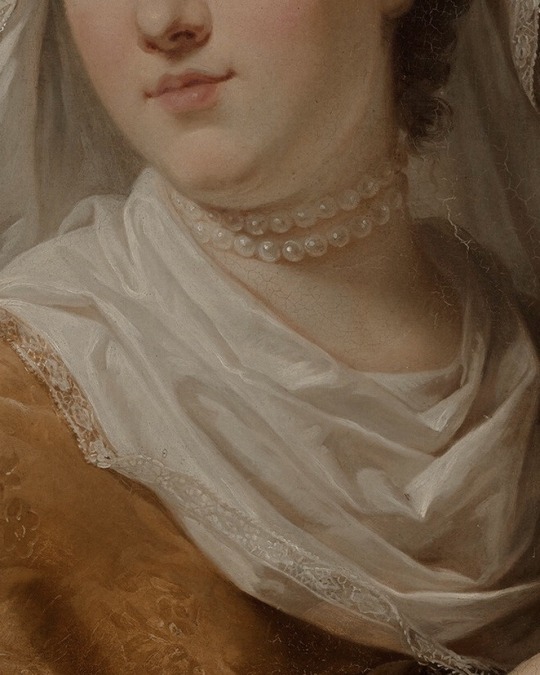
💌 Details of the painting of Poland’s first female monarch, Jadwiga of Anjou (1384–1399), by Italian-Polish painter, Marcello Bacciarelli, circa 1768–1771.
#jadwiga of poland#hedwig of poland#polish history#history#royalty#historic#royal family#royals#middle ages#medieval history#medieval#female history#women history#history of poland#historical painting#painting detail#painting#paintings#poland#🇵🇱#female royals#women in history
1K notes
·
View notes
Text

#sylvia plath#lana del rey#summertime sadness#2000 aesthetic#cinnamon girl#aesthetic#female history#female rage#female hysteria#coquette#violet bent backwards over the grass#l#sofia coppola
46 notes
·
View notes
Text
Im like if my grandma was a teenage girl in 2024
9 notes
·
View notes
Text
One of my favourite historical figures is Giulia Tofana, an Italian cosmetologist that was famous for producing a poisonous cosmetic known as "Aqua di Tofana" to help woman getting rid of their abusive husbands.
She helped over 600 woman.
...

#giulia tofana#aqua tofana#womanownedsmallbusiness#italian history#feminist icon#female history#witchcraft#esoteric
401 notes
·
View notes
Photo
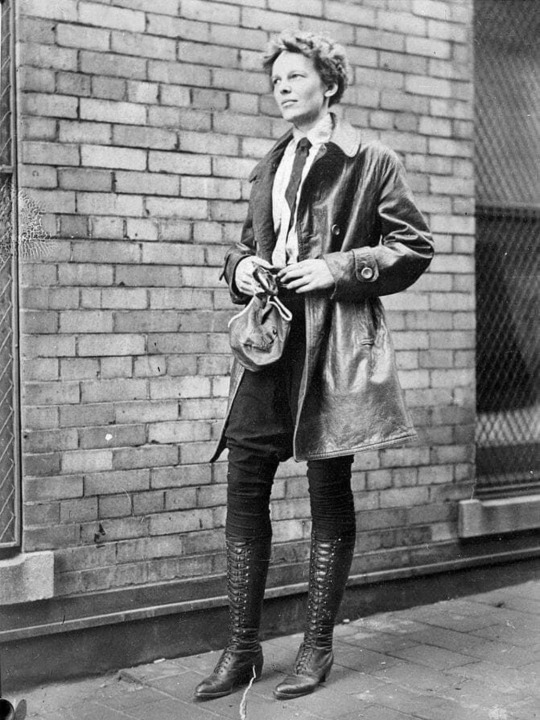
Amelia Earhart
151 notes
·
View notes
Text
I'm a Satanist so I don't celebrate Saints but if you're annoyed by all the st Patrick shit, this is a female Saint of cats who's day is also today and is often completely looked over
38 notes
·
View notes
Text
one of the most beautiful examples of female solidarity and female revenge is Mathilde de Toscane, powerful countess and fearsome war leader, who not only convinced the son of her enemy, Emperor Henri IV, to join her own camp, but also learned that the latter had kidnapped and cheated on his wife, Empress Praxedis/Adelaide, whom he also forced to sleep with other men, and so decided to free her and accompany her to Rome herself, so that she could tell the Pope all about it, inflicting on Henri an emotional wound, and a profound military and strategic loss, as well as freeing his wife from his horrors (Mathilde also got her revenge by doing this - Henri had spread the rumor a few years earlier that she was sleeping with the pope. He surely regretted it)
#radblr#radical feminism#radfem safe#radical feminist safe#radfem#radical feminist community#radical feminists do touch#radical feminists please touch#féminisme#féministe#history#mathilde de toscane#henri iv#herstory#women's history#female history#female warrior#female leaders
15 notes
·
View notes
Text
“Commenting on the almost total blindness of male historians via-à-vis the obvious female orientation of the Upper Paleolithic, William Irwin Thompson writes:
Because we have separated humanity from nature, subject from object, values from analysis, knowledge from myth, and universities from the universe, it is enormously difficult for anyone but a poet or a mystic to understand what is going on in the holistic and mythopoeic thought of Ice Age humanity. The very language we use to discuss the past speaks of tools, hunters, and men, when every statue and painting we discover cries out to us that this Ice Age humanity was a culture of art, the love of animals, and women. . .. Gathering is as important as hunting, but only hunting is discussed. Storytelling is discussed, but the storyteller is a hunter rather than an old priestess of the moon. Initiation is imagined, but the initiate is not the young girl in menarche, about to be wed to the moon, but a young man about to become a great hunter.
What the historians leave blank, our imaginations can fill in, with bright pictures like those covering the sacred cave walls. We know that women's religious rites were never separable from a totality of art, magic, and social and physical realities. The matrifocal group organized its power into a religious and cultural human expression through the medium of art. Art was the tool of the connection, the manifest vision, expressing experience of a single life-giving principle conserved in the changeless Other-world of the deep caves where there is perpetual darkness, and time becomes spatial: resonant and static. In such a standing silence, as within a giant, living skull, the dream images make themselves known.”
-Monica Sjöö and Barbara Mor. The Great Cosmic Mother: Rediscovering The Religion of the Earth.
18 notes
·
View notes
Text
KATARINA TAIKON // ACTIVIST
“She was a Swedish Romany activist, leader in the civil rights movement, writer and actor. She did not learn how to read or write until her teens. Her work as an actress allowed her to divorce her husband that she was married off to. She dedicated her life to improving conditions for Romani people in Sweden and throughout the world. Through her tireless work, debating, writing and talking to Swedish authorities, the Romani were granted the same right to housing and education as all other Swedes. In 1953, the 1914 ban on Romani immigration ended. This led to other Romani seeking refuge in Sweden, and the population, at first less than a thousand people, grew.”


86 notes
·
View notes
Text
Women and trade in the early 1800s
Unlike today, women were not free to start their own business in the early 1800s in Norway. This was also the case in much of Europe.
Female merchants, traders and artisans in Norway were most often widows. They had inherited, or were legally allowed to take over, their late husbands’ trade privilege in order to continue the business.
Other women could apply to the magistrate, i.e. the city authorities, to be allowed to run a business. Those who were granted such privileges, had argued that their business would prevent them from falling into poverty, and thus be a burden on society.

Between 1802 and 1839, 55 women received a craftsman’s licence, most of them in cooking (butchering, brewing, bread baking and candle making), sewing women’s clothing, but also as midwives, hairdressers and furriers.
7 notes
·
View notes
Text

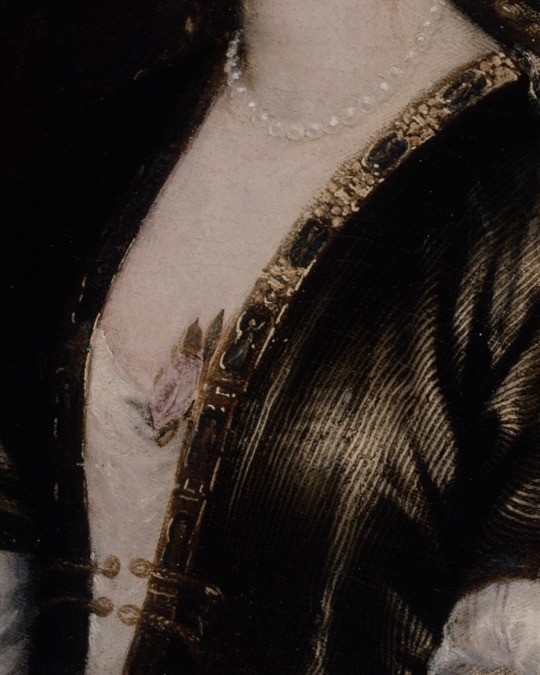
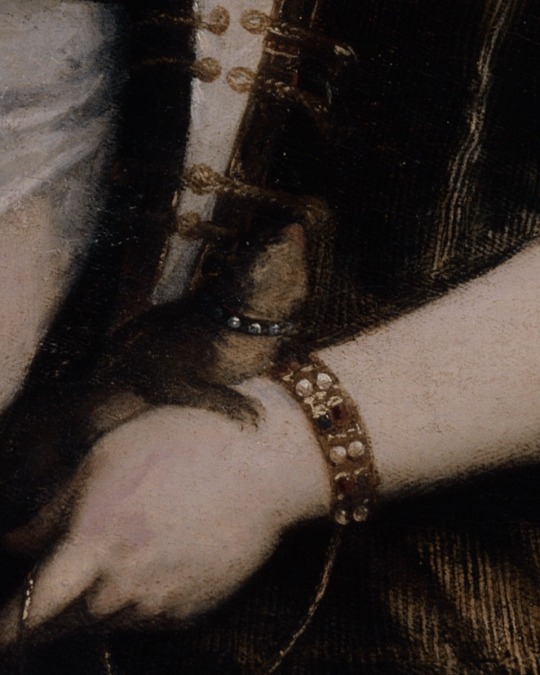

💌 Details of the famous painting of “Roxelana” by Italian artist, Tiziano Vecelli, circa 1515-1550.
Hürrem Sultan, or “Roxelana”, was the only legitimate wife of the famous Ottoman sultan, Suleiman the Magnificent — thus, she became the most influential woman in Ottoman history. Of Ruthenian origin, she was known for her bright auburn hair and profound love of and interest in poetry, which captured the sultan’s eyes and saw her rising from the status of concubine to that of founder of an era known as the “Sultanate of women”.
Under the pen name of “Muhibbi”, the sultan composed the following poem for his beloved wife:
(💌) “Throne of my lonely niche, my wealth, my love, my moonlight.
My most sincere friend, my confidant, my very existence, my sultan, my one and only love.
The most beautiful among the beautiful...
My springtime, my merry faced love, my daytime, my sweetheart, laughing leaf...
My plants, my sweet, my rose, the only one who does not distress me in this world...
My Constantinople, my Caraman, the earth of my Anatolia,
My Badakhshan, my Baghdad and Khorasan
My woman of the beautiful hair, my love of the slanted brow, my love of eyes full of mischief...
I’ll sing your praises always
I, lover of the tormented heart, Muhibbi of the eyes full of tears, I am happy.”
#hürrem sultan#haseki hurrem sultan#roxelana#ottoman empire#sultan suleiman#ottoman history#turkish history#medieval#medieval history#middle ages#poetry#poems#turkey#history#historical figures#historic#paintings#painting detail#historical painting#female history#women history#royal family#royals#royalty#royalcore
241 notes
·
View notes
Text

This is me...EVERYTIME🔥
#maddie perez#euphoria#90s#zendaya#coquettecore#coquette#hot girl shit#maddie euphoria#hot as fuck#female history#lana del rey#cinnamon girl#2000 aesthetic#aesthetic#vintage#makeup#skincare routine#skincare#pretty#gaslight gatekeep girlblog#gaslight gatekeep girlboss#summertime sadness
9 notes
·
View notes
Text
All of Henry VIII:s queens were royally fucked over, but we as a society owe Anne Boleyn and Catherine Howard especially an apology.
Neither of them were wicked sluts. Anne was not a scheming demoness and Catherine was not an airheaded bimbo.
Anne was smart enough to keep the king at a distance to get on level footing with him, refusing to be his mistress as she saw how being the king’s plaything affected her sister Mary.
Catherine was a teenage woman who had been sexually abused by several men from childhood, and assumed sex and love were interchangeable measures of affection.
Henry used them both, and Henry killed them both.
Anne and Catherine may not have been God’s greatest children, or even close to it, but they were victims.
Neither deserved to be beheaded for sins that were not even of their own making.
#history#anne boleyn#catherine howard#henry viii#the tudors#tudor court#six wives#six wives of henry viii#queen anne#queen catherine#beheading#beheaded#women of history#female history#royalty#monarchy#1500s#16th century
146 notes
·
View notes
Photo

Gaslight, Gatekeep, Girlboss: the story of Princess Caraboo of Javasu
In 1817, a young woman showed up in a town just outside of Bristol, England. She was dressed strangely, had very few personal effects, and she spoke a strange language that no one could identify. She was taken to the town’s magistrate who gave her a place to sleep, but she rather bizarrely acted like she had no idea what a bed was.
This young woman was taken in by the magistrate’s wife, who did everything she could to find out who the woman was and where she was from. The magistrate’s wife, Elizabeth Worrall, was slightly suspicious of the young woman, but she was able to discover the young woman’s name: Caraboo.
People came from far and wide to meet Caraboo and ponder over what language she was speaking. A sailor visited her one day, and he was able to tell everyone that she was a princess from an island nation called Javasu. The sailor claimed that Princess Caraboo was kidnapped by pirates and taken to England.
Caraboo’s language was studied by many, and a few people tried to compile a. list of vocabulary words. The language seemed to have its own grammar rules, and Caraboo was incredibly consistent with it. In fact, she did not respond to anything said to her in English.
Eventually, someone came to visit the magistrate and informed him that Caraboo was no princess, but instead a servant named Mary Baker. Mary Baker was not from an island in Asia, but actually grew up not too far from where she was currently living with the magistrate’s family. It was all a con.
But what was her motive for this? Her intention was not to cause trouble or gain fame and money, but to avoid the workhouses. At this time in England, anyone who did not have a place to go was sent to the workhouses, which were terrifying places where poor people were forced to work, often in terrible conditions. Many people died there.
Things actually turned out rather well for Mary Baker after this. Despite the fact that she’d fooled everyone for a few months, Mrs. Worrall (the magistrate’s wife) was sympathetic to Mary and actually paid for her to move to the US.
What I find the most remarkable about this story is Mary’s confidence. She improvised everything, but was able to convince doctors and lawmen alike that she was from a country that did not exist. If that’s not the definition of gaslight, gatekeep, girlboss, then I don’t know what is.
19 notes
·
View notes
Text

Tomoe Gozen Killing Uchida Ieyoshi at Battle of Awazu no Hara (1184)", print by Ishikawa Toyonobu, c. 1750.
#Uchida Ieyoshi#Tomoe Gozen#onna musha#Female history#Ishikawa Toyonobu#Japanese History#Battle of Awazu no Hara#Late Heian Period#Late 12th century
0 notes